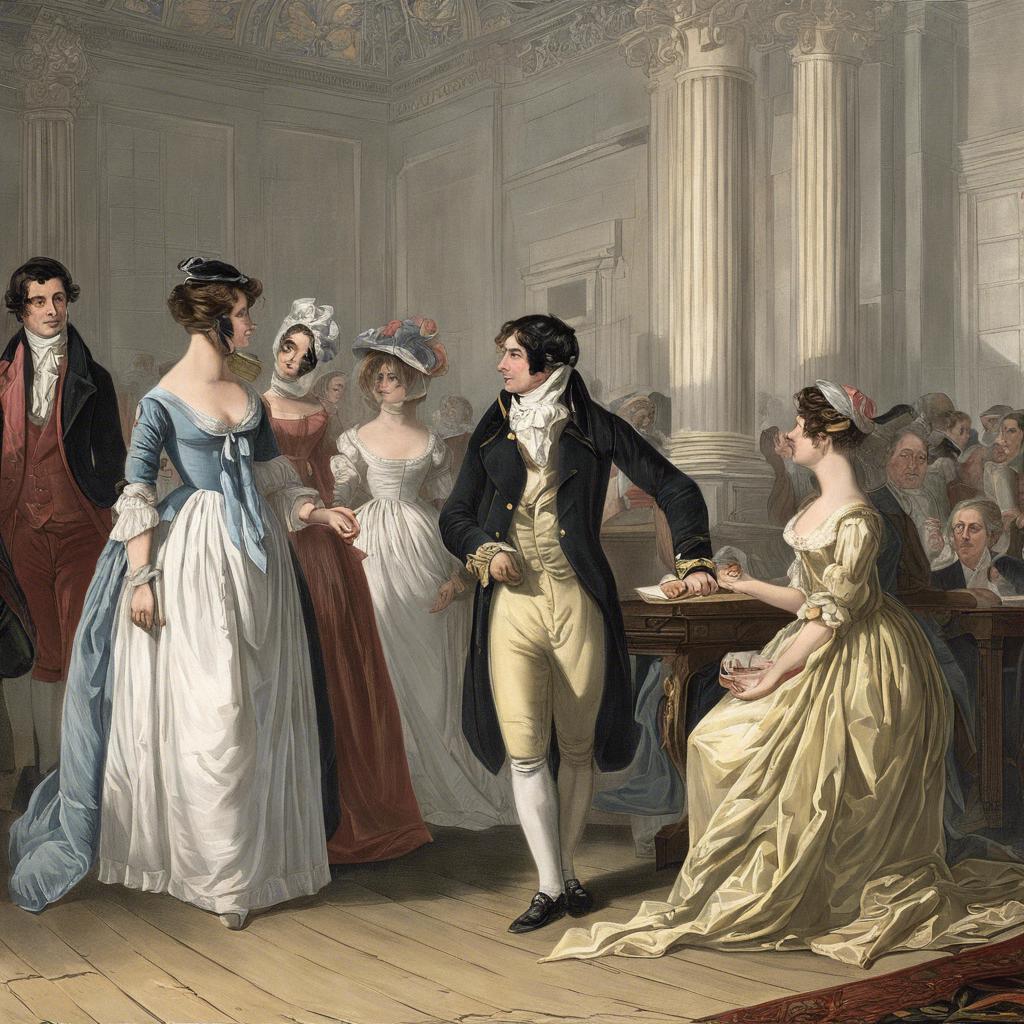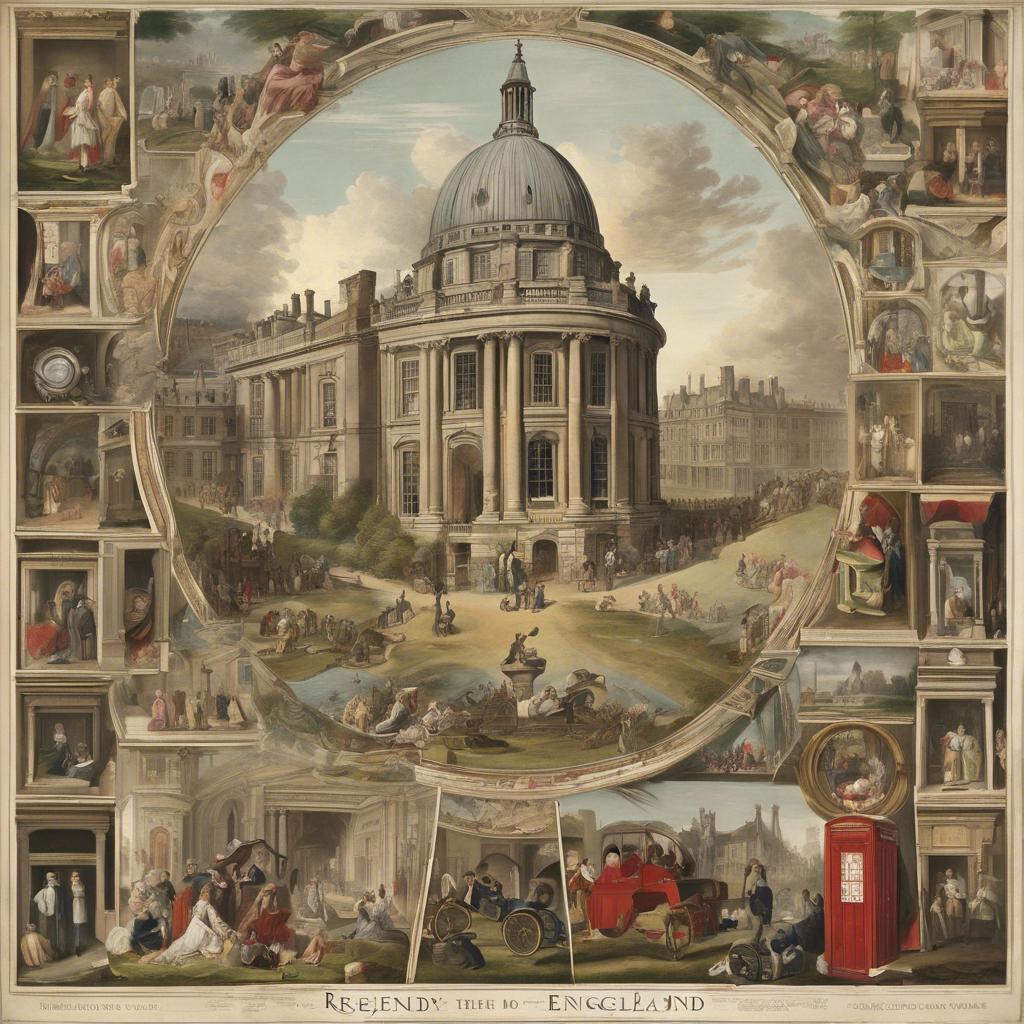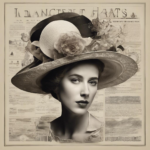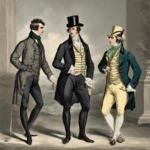The Regency Era in England, spanning from 1811 to 1820, was a period defined by cultural and societal shifts following the reign of King George III. This article will explore the political, social, and cultural landscape of this significant time in British history, examining the impact of key figures such as the Prince Regent and events such as the Napoleonic Wars. Join us as we delve into the complexities of Regency England and uncover the lasting legacy it has left on British society.
Step Into the World of Cheryl Bolen
Dive into the enchanting stories of love, intrigue, and elegance set in the Regency Era. Cheryl Bolen's novels offer timeless romance and captivating tales that will leave you wanting more.
Explore Cheryl Bolen's Books Now
Introduction: The Regency Era in England
During the Regency Era in England, which spanned from 1811 to 1820, the country experienced a period of cultural and political transformation. This era is named after the Prince Regent, who ruled as George IV due to his father’s mental illness. The Regency Era is characterized by its distinct social customs and fashion trends, as well as its focus on literature and architecture.
Key Aspects of the Regency Era Include:
- Fashion: The clothing during this time was characterized by empire waistlines, flowing fabrics, and intricate embroidery. Men wore tailcoats and top hats, while women donned high-waisted gowns and bonnets.
- Literature: The Regency Era saw the rise of prominent writers such as Jane Austen, whose novels like “Pride and Prejudice” and “Sense and Sensibility” continue to be celebrated today.
- Architecture: Neoclassical architecture was prevalent during this time, with buildings like the Royal Pavilion in Brighton showcasing elaborate designs and opulent interiors.
Life in England During the Regency Era:
- The upper class enjoyed lavish parties and balls, while the working class struggled with poor living conditions and limited rights.
- Science and technology advanced, leading to innovations in transportation and communication.
- The Napoleonic Wars had a significant impact on society, shaping political ideologies and military strategies for years to come.
| Year | Event |
|---|---|
| 1815 | The Battle of Waterloo marks the end of the Napoleonic Wars. |
| 1817 | The Pentrich Rebellion challenges the British government’s policies. |
| 1820 | George IV becomes King of England upon his father’s death. |
Social Life and Etiquette in Regency England
In Regency England, social life and etiquette played a crucial role in determining one’s status and reputation in society. During this era, social gatherings such as balls, dinners, and soirees were common occurrences, providing opportunities for individuals to socialize and network with others in their social circles.
One of the key principles of etiquette in Regency England was the importance of proper introductions and greetings. When entering a room or meeting someone for the first time, it was customary to offer a bow or curtsy as a sign of respect. Additionally, addressing others by their titles and using formal language was considered essential in maintaining decorum and showing proper respect.
Furthermore, social hierarchies were strictly observed in Regency England, with individuals being expected to adhere to the rules of propriety based on their rank and social standing. For example, it was common for members of the upper class to host elaborate social events at their estates, while those of lower social status might attend more modest gatherings in town. Adhering to these social norms and expectations was essential for navigating the complexities of Regency society and avoiding social faux pas.
Fashion and Style Trends of the Regency Era
During the Regency Era in England, fashion and style trends underwent significant changes, reflecting the societal shifts and influences of the time. One of the most notable aspects of Regency fashion was the emphasis on classical designs and elegant silhouettes. Women’s gowns featured empire waistlines, flowing fabrics such as muslin and silk, and delicate embellishments like lace and embroidery.
For men, the Regency Era brought about a more tailored and structured approach to dressing. Tailcoats, waistcoats, and breeches were common elements of men’s attire, often made from luxurious fabrics like velvet and satin. Accessories such as cravats, top hats, and gloves were essential to completing a gentleman’s look.
Hairstyles also played a significant role in Regency fashion, with women favoring intricate updos adorned with ribbons, flowers, and feathers. Men typically wore their hair short and neatly styled, often accented with sideburns or a small ponytail. the Regency Era in England was a time of refinement and sophistication in fashion, setting the stage for the elegant styles that would define the era.
Literature, Arts, and Entertainment During the Regency Period
During the Regency Period in England, literature, arts, and entertainment flourished, reflecting the dynamic cultural landscape of the time. Writers such as Jane Austen, Sir Walter Scott, and Lord Byron rose to prominence, captivating audiences with their timeless works. Austen’s novels, including “Pride and Prejudice” and “Sense and Sensibility,” explored themes of love, class, and societal norms with wit and insight.
In the world of arts, the Regency Period saw a resurgence of neoclassical and Romantic styles. Artists like J.M.W. Turner and John Constable captured the beauty of the English countryside in their landscape paintings, while portrait painters such as Thomas Lawrence depicted the elegance and sophistication of the era’s high society. The theaters of London buzzed with performances of Shakespearean plays, opera, and ballet, providing entertainment for all social classes.
Entertainment during the Regency Period was also marked by the popularity of social gatherings, balls, and soirees where the elite of society mingled and indulged in music, dancing, and intellectual conversation. With the rise of circulating libraries and subscription assemblies, people had greater access to literature and cultural events, contributing to a vibrant and intellectually stimulating atmosphere. The Regency era was truly a time of creativity and innovation in the arts and entertainment world.
In Summary
the Regency era in England was a time of great social, political, and cultural change. From the extravagant lifestyle of the Prince Regent to the emergence of new literary talents such as Jane Austen and Lord Byron, the period left an indelible mark on British history. As we look back on this fascinating era, we are reminded of the enduring legacy of the Regency period and its influence on the world we live in today. Its refined elegance, political intrigue, and artistic flourishing continue to captivate our imaginations, making it a period worth remembering and studying for generations to come.


